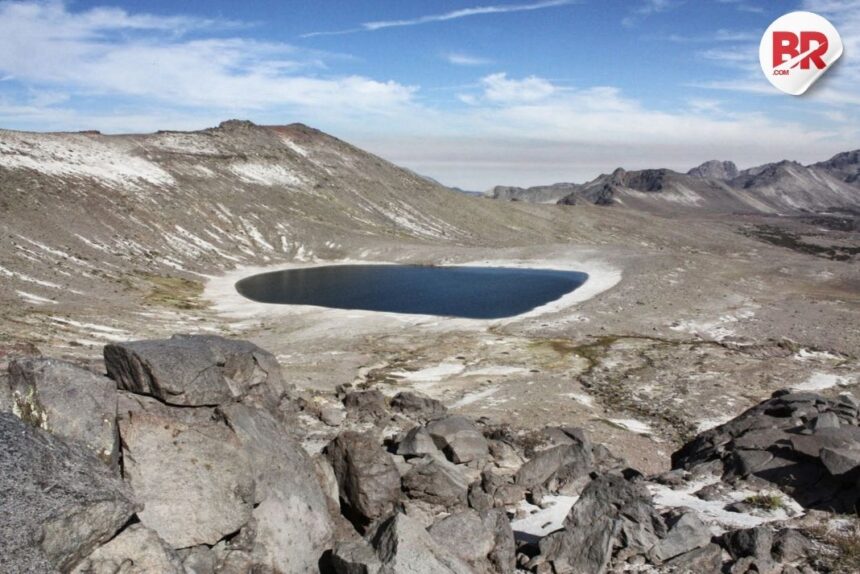
The ground shook beneath Chile’s Laguna del Maule volcanic field as more than 160 earthquakes struck within just two hours. This sudden burst of seismic activity—known as a Laguna del Maule seismic swarm—has scientists watching the area closely.
The quakes were small, with the strongest measuring only 2.1 in magnitude. Still, the rapid flurry of tremors is not being taken lightly. Chile’s geology and emergency services have ramped up monitoring in case this is a sign of something bigger.

What is the Laguna del Maule Volcanic Field?
Laguna del Maule is a massive volcanic complex in central Chile, about 300 kilometers south of Santiago and close to the Argentina border. It covers around 500 square kilometers and is home to 130 volcanic vents.
This isn’t your typical volcano with a single towering cone. Instead, it’s a wide, rugged field full of young volcanic structures, some less than 2,000 years old. According to Daniel Díaz, a volcanologist from the University of Chile, this unique layout spreads the seismic activity across the area instead of focusing it in one spot.
What’s Causing the Seismic Swarm?
These aren’t tectonic quakes caused by shifting plates. Instead, they are linked to magma movement beneath the surface. Ayaz Alam, a geologist at the University of Santiago, explains that magma could be trying to rise, cracking rocks as it moves.
“This could be a sign of a future eruption,” he says, “but the timing is unclear.”
That uncertainty makes it important to stay alert without jumping to conclusions.
Also Read: Myanmar Earthquake Unleashed Energy of 300 Atomic Bombs—What Does That Mean for the World?
Is There an Immediate Danger?
For now, authorities have kept the alert level at green, meaning there is no immediate risk to the public. The Chilean Geology Service (Sernageomin) is monitoring closely, and the disaster agency Senapred is also prepared to act if needed.
The main reason for calm? The quakes were low in magnitude and didn’t show signs of a rapidly rising magma chamber.
Why Does This Matter?
Chile is one of the most seismically active countries in the world. But seismic swarms like this are rare and can be early warnings. Laguna del Maule has shown signs of unrest before, including rising ground levels and past swarms.
This latest swarm fits that pattern. It doesn’t mean an eruption is certain—but it does mean scientists will be watching every tremor.
What Happens Next?
Authorities and researchers will continue to track ground movements, gas emissions, and quake patterns around the clock. If anything changes, alerts could be raised. In the meantime, residents and tourists in the area are advised to stay informed but not panic.
Also Read: After Myanmar Horror, Japan Warns of “Megaquake”—India Could Face Worse












